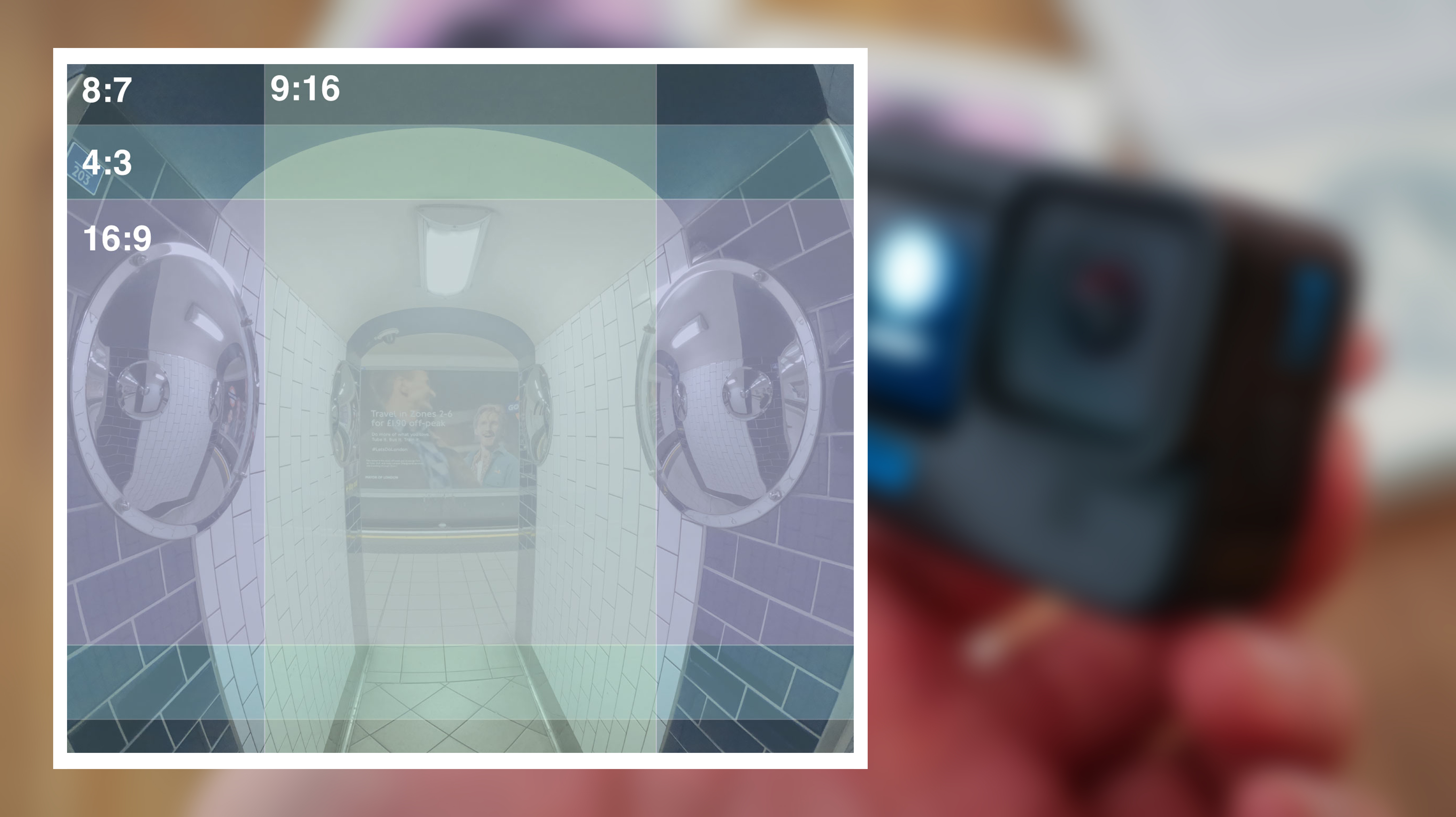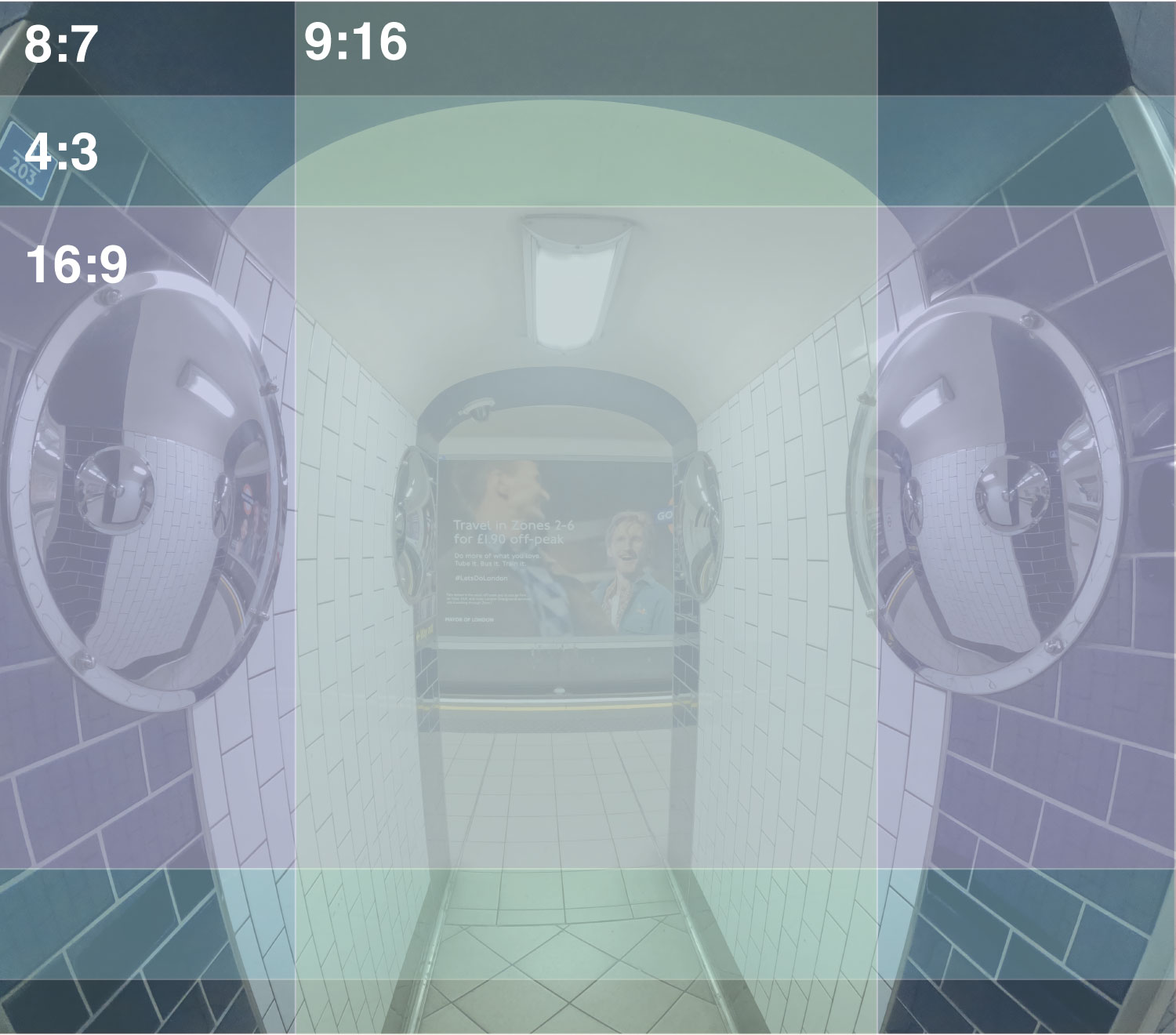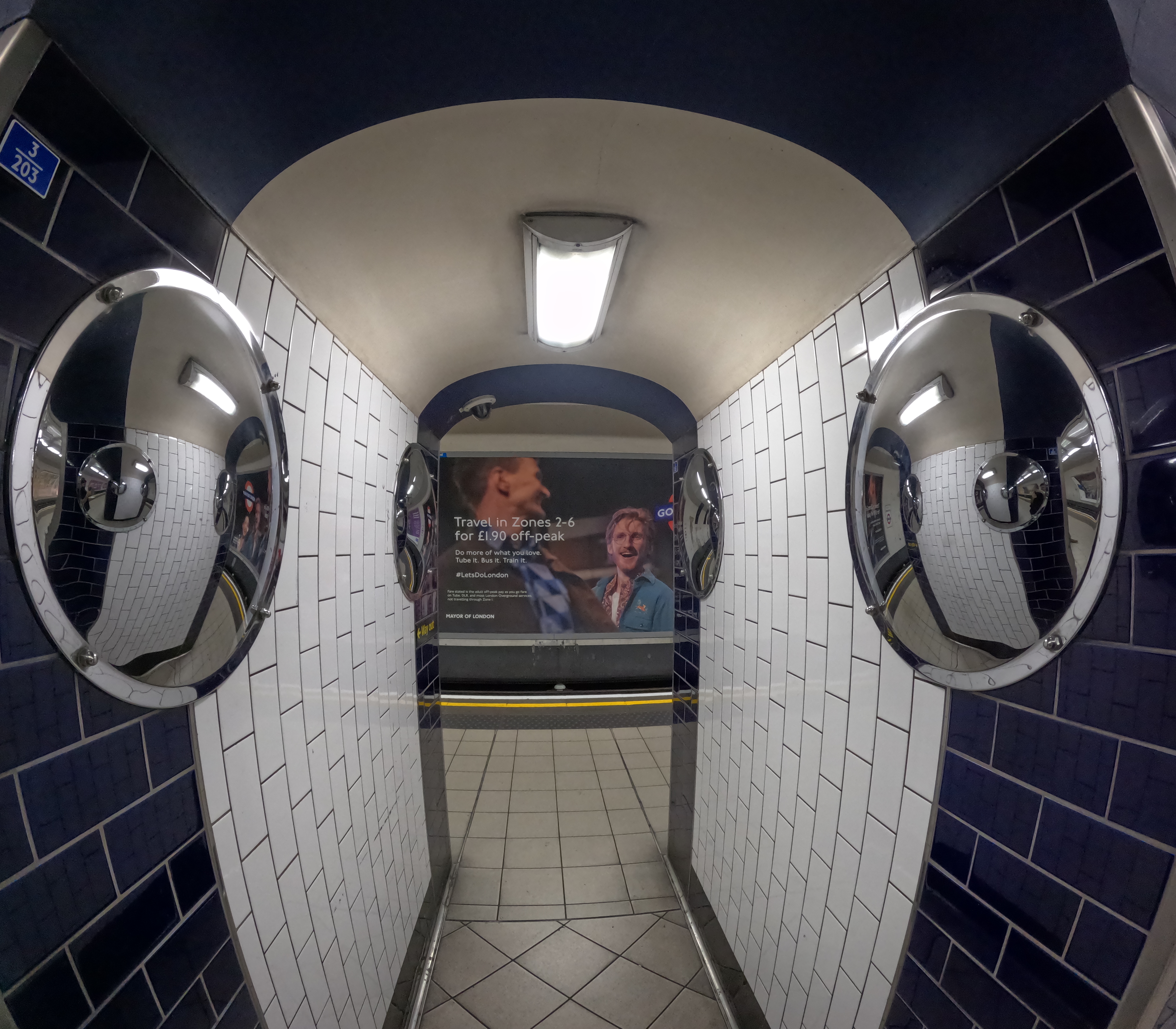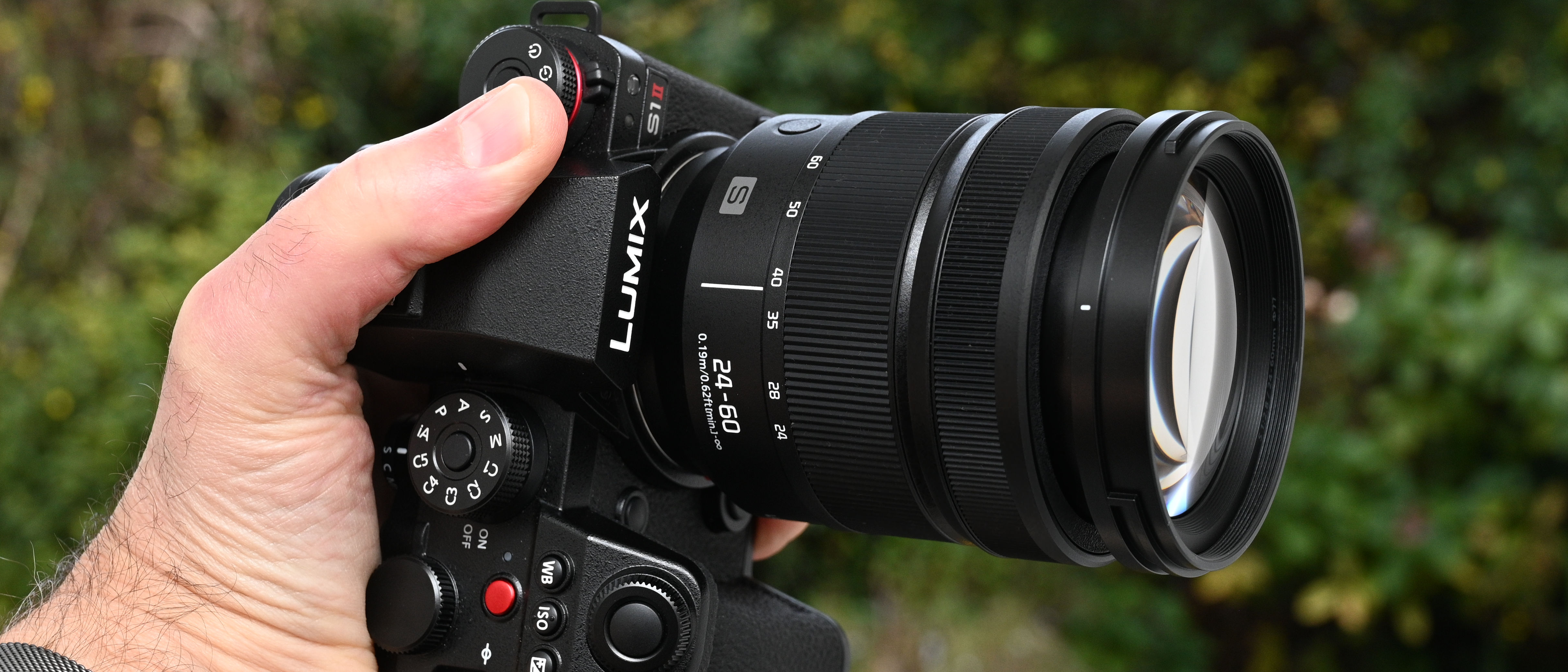I think GoPro Hero 11 Black’s 8:7 sensor is the future of smartphone photography
In a TikTok world GoPro’s ahead of the curve with its almost-square Hero 11 Black camera sensor

I was at a Banks gig in London at the behest of my partner, who’s a bit younger than me – I’d never heard of Banks, and when I arrived, I quickly realized I was the oldest person there. Despite not being down with the kids, I had some phones to test – the iPhone 14 Pro and iPhone 14 Pro Max, so wasn’t going to pass up a mixed lighting environment.
Poised to capture some sample pictures and video as the support act hit the stage, I raised my phone up, but quickly stopped, and looked around. Everyone was holding their phones vertically, in portrait orientation, and everyone was capturing video. My landscape orientation, photo-taking iPhone sheepishly retired for a moment while I took this in.
Having just reviewed the GoPro Hero 11 Black, complete with its 8:7 sensor, I couldn’t help but wonder – wouldn’t life be so much easier if all phones took square photos and videos with a square sensor? That way, you could hold a phone in either orientation, and be able to crop down footage into landscape, portrait, or square content that was perfectly suited to any platform. It would also give you much more scope for reframing your shots and footage.
The science of sensors
Camera sensors are rectangular, and when photographers and videographers are deciding on the sensor size that’s right for them, be it full frame mirrorless, or APS-C compact, or many other camera types, their options are usually either 4:3 or 3:2 aspect ratio.
This makes the wide resolution (x) of a sensor significantly greater than its tall resolution (y). So, if you’re shooting with a 12MP camera, you’ll be capturing at a maximum resolution of around 4000 pixels wide and 3000 tall.
Ample for most, a 12MP sensor can capture 4K video, theoretically take sharp enough stills to print up to 21.45" x 14.00" at 200DPI, and crop into relatively liberally. But there is one big limitation to 4:3, 12MP sensors – changing the aspect ratio after you’ve captured your content.
Specifically, when capturing video, your 12MP camera will crop into a 16:9 portion of the sensor unless you shoot your video in 4:3 – not an option for most smartphones and seldom selected by many using a traditional camera for video.
The best camera deals, reviews, product advice, and unmissable photography news, direct to your inbox!
If you want to crop into your landscape video and pull out a portrait orientation TikTok or Instagram stories clip, you’ll need to accept a serious drop in quality. The same is true of a portrait clip that you want to turn into a landscape video. This is illustrated by the image above, which highlights how much you’d need to crop into a 12MP sensor to extract a portrait orientation clip from a video originally shot in landscape.
If you’re thinking that a 1266 x 2250 clip is still higher than Full HD, and should be good enough for most people, you’re being quite optimistic. Given the size of smartphone sensors and their limited light gathering capabilities versus larger cameras, cropping into one so much will dial back the quality significantly, and dial up visible noise.
Let's talk about lenses
The case for square sensors doesn’t just make sense from a cropping point of view. If you are using a lens, it refracts light as a circular image. In turn, it actually might make more sense for camera lenses to be circular for maximum post-shoot versatility.
This isnt’ the first time I thought a circular sensor would be the bees knees – when Huawei announced the Mate X foldable phone a circular sensor was on my wishlist.
As it turns out, Huawei didn’t include a circular or square sensor on the Mate X. That said, I’ve been using the GoPro Hero 11 Black with the Samsung Galaxy Z Fold 4, and its almost-square 8:7 footage looks amazing on the inner foldable display. So my wish for folding phones to be matched with content optimized for their inner screens has been realized by way of pairing one with a GoPro.
Instagram, TikTok and YouTube
The reason this is so exciting is because we live in an age of aspect ratio inconsistency. Before widescreen TVs, most content was 4:3, or 3:2 from films and TV shows to photos. It just made sense to use 4:3 sensors. Now, it doesn’t – so why are they still the norm?
After all, Instagram wants your 1:1 square images, both it and TikTok want your 9:16 video, and so too does YouTube. And YouTube’s primarily fuelled by more traditional 16:9 content, though supports a wide range of aspect ratios. Notice how none of these are 4:3?
If smartphone makers really want to eke out as much as possible from their cameras, then there’s no two ways about it – square (or even circular) sensors make much more sense than 4:3 ones. The move shouldn’t result in any major compromise from a photography or video point of view as you just get a bit of extra sensor above and below the 4:3 portion to make it 1:1.

The cropping range from a GoPro Hero 11 Black photo

Another tipping point that suggests we’re ready for square sensors is smartphone power. Even affordable phones can handle video edits now, so cropping a video into various aspect ratios isn’t beyond the scope of reason, that it once was. The GoPro Quik app is able to chop up a 20-second square clip into a 9:16 video in less than a minute on a new Android phone.
And so, if we all had square, or square-ish sensors in our phones, similar to the one on the Hero 11 Black, with one square clip, we’d be able to create perfectly optimized, high-quality content for Instagram, TikTok and YouTube. And it would also ensure our smartphones are future-proofed for whichever social media platform is set to change the way people much younger than me hold their phones at gigs in the coming years.
Basil Kronfli is a freelance technology journalist, consultant, and content creator. He trained in graphic design and started his career at Canon Europe before moving into journalism. Basil is also experienced in video production, independently running the YouTube channel TechEdit, and during his time at Future, he worked alongside the Digital Camera World team as a senior video producer.




